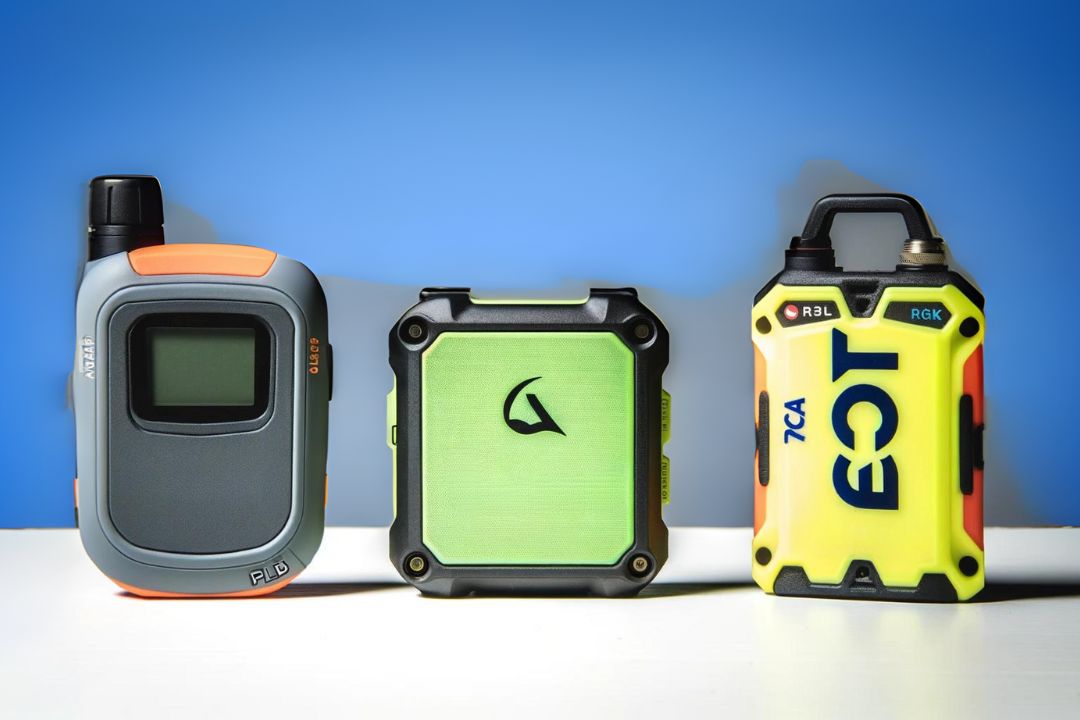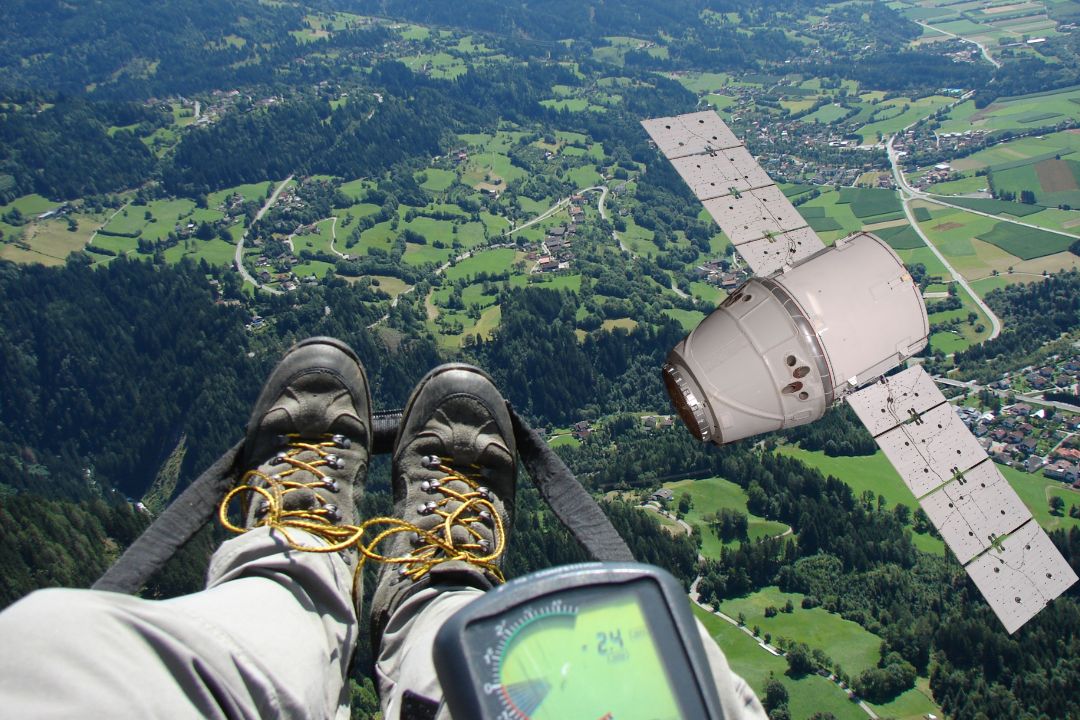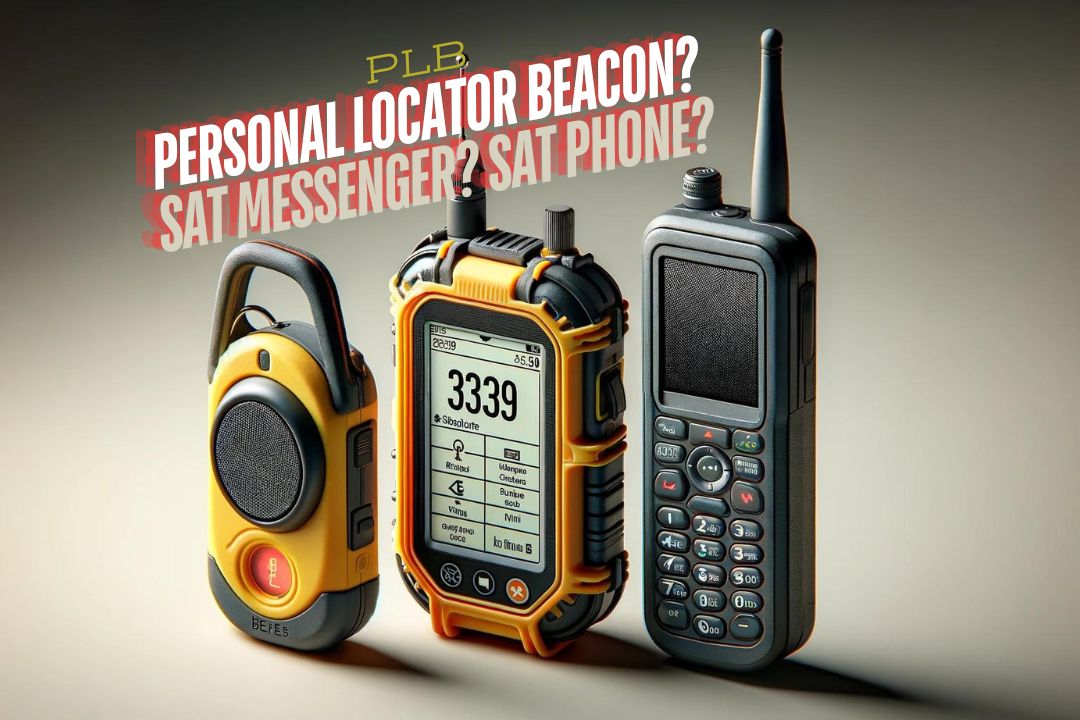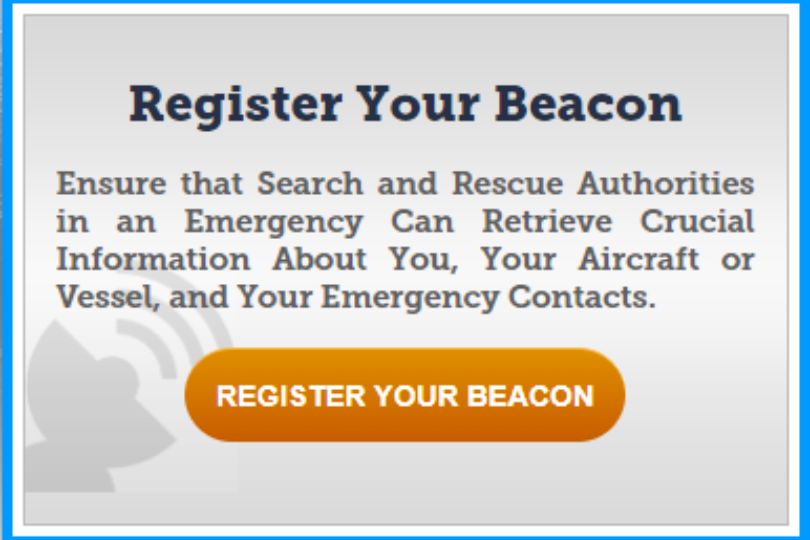Personal Locator Beacons (PLB) for Remote Area Rescue
What’s a Personal Locator Beacon (PLB)? Why not just get a sat phone? After all, many of us have been led to believe that satellite phones are the best modern way to get help in remote areas
Whilst they have great features, capabilities and functionality, they may not be the best solution for every explorer, hiker or prepper. It is worth looking at alternatives like satellite messengers or personal locator beacons, which is where this guide comes in.

Personal Locator Beacons, or PLBs, are essential tools for anyone venturing into remote or risky environments. These devices use a 406 MHz signal to communicate with search and rescue teams through a satellite connection. They work anywhere on Earth, including the poles, and can be used on both land and sea. You would typically use a PLB when other self-rescue methods have failed, such as when your VHF radio is not getting a response or your mobile phone is out of range. In such dire situations, the PLB serves as a last resort to trigger a rescue.
Unlike VHF radios that transmit horizontally and rely on land-based stations, PLBs transmit vertically to satellites, offering superior coverage. After purchasing a PLB, you need to register it. Each PLB has a unique 15-digit number that helps rescue services identify you and tailor their response. The devices also feature built-in GPS and a 121.5 MHz homing signal, making it easier for rescuers to find you more quickly.
Key Takeaways |
|---|
PLBs transmit on 406 MHz to satellite-linked rescue services |
They are a last resort when all other self-rescue methods have failed |
Each PLB has a unique number for registration and built-in GPS |
Overview of Personal Locator Beacons (PLBs)
Personal Locator Beacons, or PLBs, are emergency devices used to send distress signals. They work on a frequency of 406 MHz and connect to search and rescue services through satellites. One key advantage is their ability to function anywhere on Earth, including remote areas like the poles.
PLBs are used when other emergency methods fail. For instance, when your VHF radio and mobile phone do not work, a PLB becomes your final option. They are effective because they transmit signals vertically to satellites, ensuring better global coverage.
When you buy a PLB, the first step is to register it with the Coast Guard. Each PLB has a unique 15-digit number that must be linked to your personal details. This helps rescue services tailor their operations to your specific situation. The registration process can be completed online.
PLBs also come with built-in GPS, speeding up the location process. They emit a 121.5 MHz homing signal, which is useful for nearby rescue aircraft and vessels to pinpoint your location.
Compared to Emergency Position Indicating Radio Beacons (EPIRBs), PLBs have a 24-hour battery life, while EPIRBs last for 48 hours. PLBs are manually activated, unlike EPIRBs which can activate automatically in water. Plus, PLBs are registered to individuals, whereas EPIRBs are linked to vessels.
If you venture into water, owning a PLB is wise. They’re essential for small boat owners, personal watercraft users, paddle boarders, kayakers, and anyone going far from shore.
Registering Personal Locator Beacons
First, get your PLB’s unique 15-digit number. You can find this on the back, side, or the box of the unit. This number is crucial as it identifies your specific beacon.
Next, go online to register your PLB with the National Oceanic and Atmospheric Administration(NOAA). During this registration, you’ll provide personal details, including, if applicable to your situation, your vessel. This information helps search and rescue services tailor their response to your circumstances.
PLBs transmit signals on 406 MHz to search and rescue via satellites, which operate globally, even at the poles. They also have built-in GPS for precise location tracking and a 121.5 MHz homing signal for rescue aircraft and vessels.
PLBs differ from EPIRBs mainly in their battery life and activation method. While PLBs can transmit for 24 hours, EPIRBs can last 48 hours and can be water-activated. PLBs are registered to individuals, while EPIRBs are tied to vessels.
For more detailed information on beacon registration, visit the International Cospas-Sarsat Programme.
Key Details to Remember
- Unique 15-digit number: Find it on the unit or its box.
- Register online: Provide personal and vessel details.
- Transmission: PLBs work globally with satellite connectivity.
- Additional Signals: GPS for accurate location, 121.5 MHz for rescue teams.
- Battery Life: PLBs (24 hours), EPIRBs (48 hours).
- Activation: PLBs are manually activated; EPIRBs can be water-activated.
- Registration: PLBs for individuals, EPIRBs for vessels.
Features of PLBs
Personal Locator Beacons (PLBs) are crucial for emergency situations when other methods fail. They transmit on 406 MHz to search and rescue services via satellites. PLBs work everywhere, even at the poles, on both land and sea.
Key Aspects of PLBs
- Global Coverage: PLBs work anywhere, regardless of conditions. Unlike VHF radios or mobile phones, they transmit signals vertically to satellites.
- Registration: Each PLB has a unique 15-digit number. You must register your PLB with the NOAA to ensure rescue services know your details.
- Multiple Signals: PLBs transmit a 406 MHz signal and have built-in GPS. They also emit a 121.5 MHz homing signal for aircraft and vessels.
- Battery Life: PLBs offer 24 hours of signal transmission. This is enough to ensure that rescuers can reach you in case of an emergency.
Who Needs a PLB?
Anyone venturing into the water should carry a PLB. Small boat owners, personal watercraft users, paddle boarders, and kayakers especially benefit from having one.
Benefits of PLBs Over Other Devices
1. Global Coverage:
Personal Locator Beacons (PLBs) operate anywhere in the world, including remote regions like the poles. Unlike mobile phones, which rely on cell towers, PLBs connect directly to satellites. This ensures that your emergency signal can be received even in the most isolated locations.
2. Independent of Conditions:
PLBs send signals vertically to satellites, while devices like VHF radios transmit horizontally to land-based stations. This vertical transmission allows PLBs to work effectively regardless of weather or terrain. You won’t have to worry about your signal being blocked by mountains or buildings.
3. Simple Registration Process:
Upon purchase, you need to register your PLB with the NOAA. Each device has a unique 15-digit number that helps rescue services identify you and understand your situation better. This registration can be done online and links your personal details to the beacon, making it easier for rescue teams to tailor their response.
4. Built-in GPS and Homing Signal:
PLBs come equipped with GPS, which provides precise location data to search and rescue teams. In addition to the primary 406 MHz signal, they also transmit a 121.5 MHz homing signal. This frequency assists rescue aircraft and vessels in locating you more accurately.
5. Durability and Reliability:
These beacons are built to last. The battery life of a PLB can keep transmitting for up to 24 hours, ensuring that you remain reachable during the crucial period of an emergency. Unlike EPIRBs, which are often larger and designed for vessels, PLBs are compact and easily portable.
6. Ideal for Various Water Activities:
PLBs are perfect for small boat owners, personal watercraft users, and paddleboarders. If you’re a kayaker or anyone exploring waterways, a PLB is an essential tool for safety. It provides peace of mind, knowing that help is just a signal away in an emergency.
Unique Identification of PLBs
Each Personal Locator Beacon (PLB) has a distinct 15-digit number. This number is usually found on the back, side, or box of the unit. When you register your PLB, you provide this number along with your personal details.
When registered, the details help rescue services know more about you. They can adjust their methods based on whether you’re at sea or on land. This personalized information assists in streamlining the search and rescue efforts.
PLBs transmit signals on 406 MHz, which are picked up by satellites, and on 121.5 MHz for local homing signals. These signals improve the chances of quick and accurate location during an emergency, anywhere in the world.
Search and Rescue Process Using PLBs
Search and Rescue at Sea
Personal Locator Beacons (PLBs) are crucial for anyone venturing out to sea. They send out signals on 406 megahertz that are picked up by satellites. This makes them ideal for emergencies when other methods of communication, like VHF radios or mobile phones, fail. These signals can be received anywhere in the world, even in extreme conditions. The rescue team receives your location and personal details through the PLB registry, helping them respond more effectively.
When you get a PLB, the first step is to register it with the Coast Guard. Each PLB has a unique 15-digit number found on the unit, the box, or the side of the unit. The registration information helps the rescue team know about your vessel and your personal details, which can be crucial during a rescue operation. PLBs also have built-in GPS and a 121.5 megahertz signal that rescue planes and vessels can use to find you faster.

Search and Rescue in the Mountains
PLBs are also helpful for mountain adventures. They offer a reliable way to call for help when other options are unavailable. Whether you’re hiking, skiing, or climbing, a PLB ensures that rescue services can locate you. The GPS and homing signal features are particularly useful in rugged, remote areas where other communication tools may not work.
When all other rescue methods fail, activating your PLB sends out a distress signal that alerts rescue teams. Because PLBs work through satellites, they do not depend on cell towers or other land-based stations. This technology allows you to reach out for help from even the most isolated locations.
Differences Between PLBs and EPIRBs
PLBs (Personal Locator Beacons) and EPIRBs (Emergency Position-Indicating Radio Beacons) both send emergency signals, but they have some key differences.
Size and Battery Life
PLBs are smaller and have a battery life of 24 hours. EPIRBs are larger and can last up to 48 hours.
Activation
PLBs require manual activation. EPIRBs can activate automatically when submerged in water.
Registration
PLBs are registered to a person. EPIRBs are registered to a vessel.
Use Case
Anyone venturing into the water, especially small boat owners and paddlers, should consider a PLB. EPIRBs are more suitable for larger vessels due to their automatic water-activation feature.
Who Should Purchase a PLB
PLBs for Boat and Water Activities
If you spend time on the water, having a PLB is crucial. Small boat owners, personal watercraft users, and even paddle boarders benefit from these devices. Kayakers and those venturing further afield should also carry a PLB for safety.
PLBs for Emergency Preparedness
Individuals who prepare for natural disasters should consider owning a PLB. When other communication methods fail, a PLB can be a lifesaver. It ensures that emergency responders can locate you, even in challenging circumstances.

PLBs for Outdoor Adventures
Outdoor enthusiasts exploring remote areas will find PLBs invaluable. Whether you’re hiking in the wilderness, camping, or taking on long treks, a PLB ensures help is just a distress signal away.


